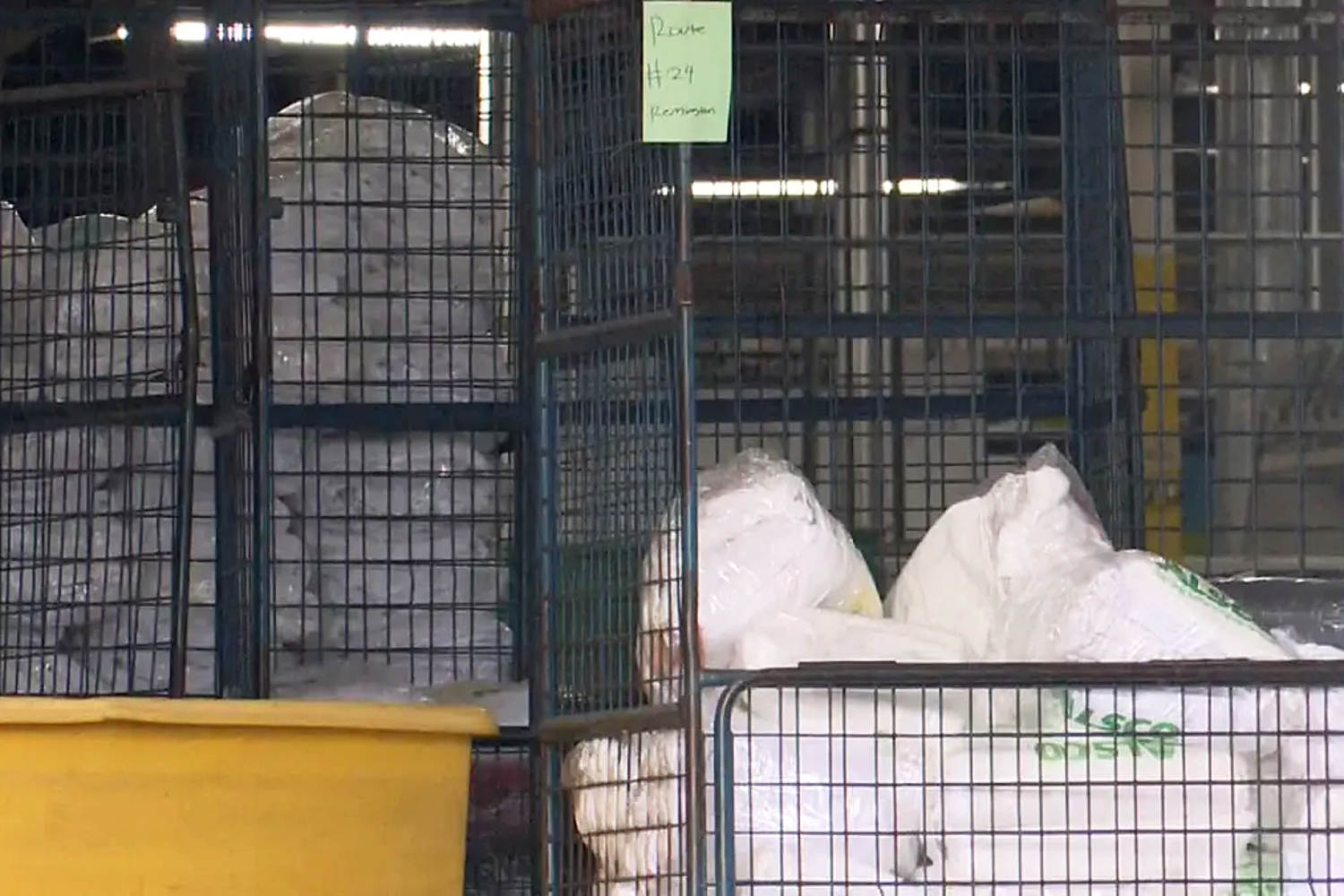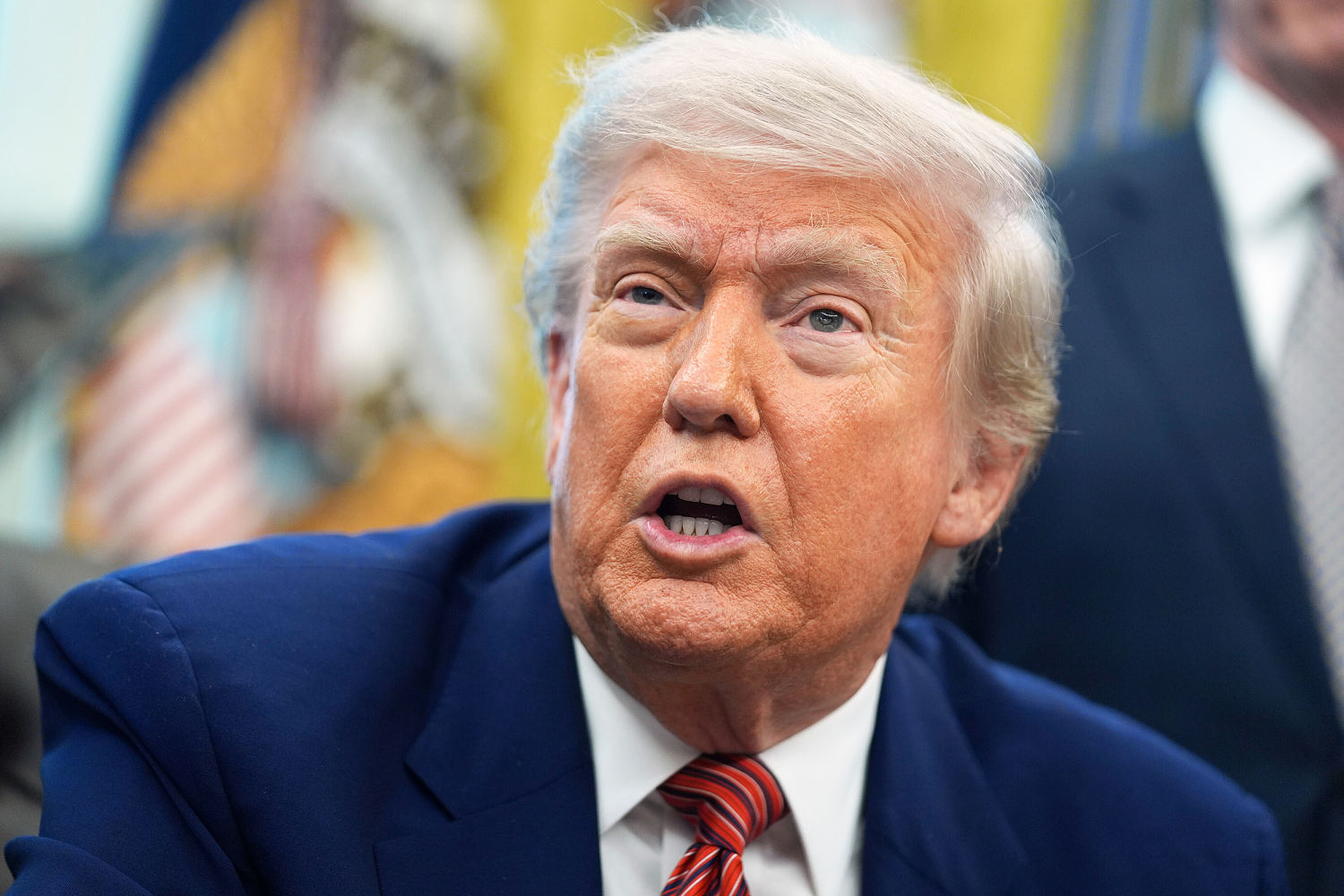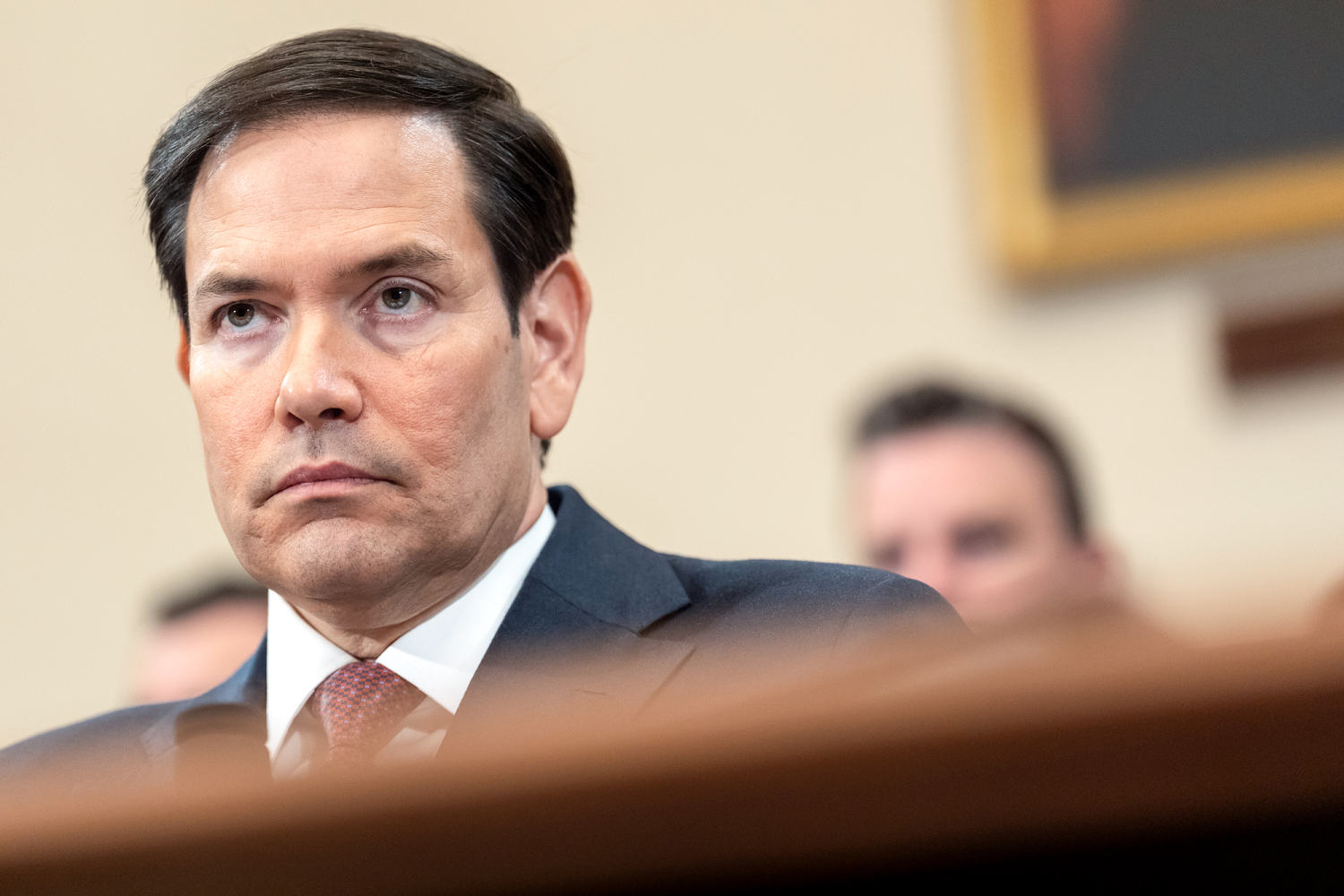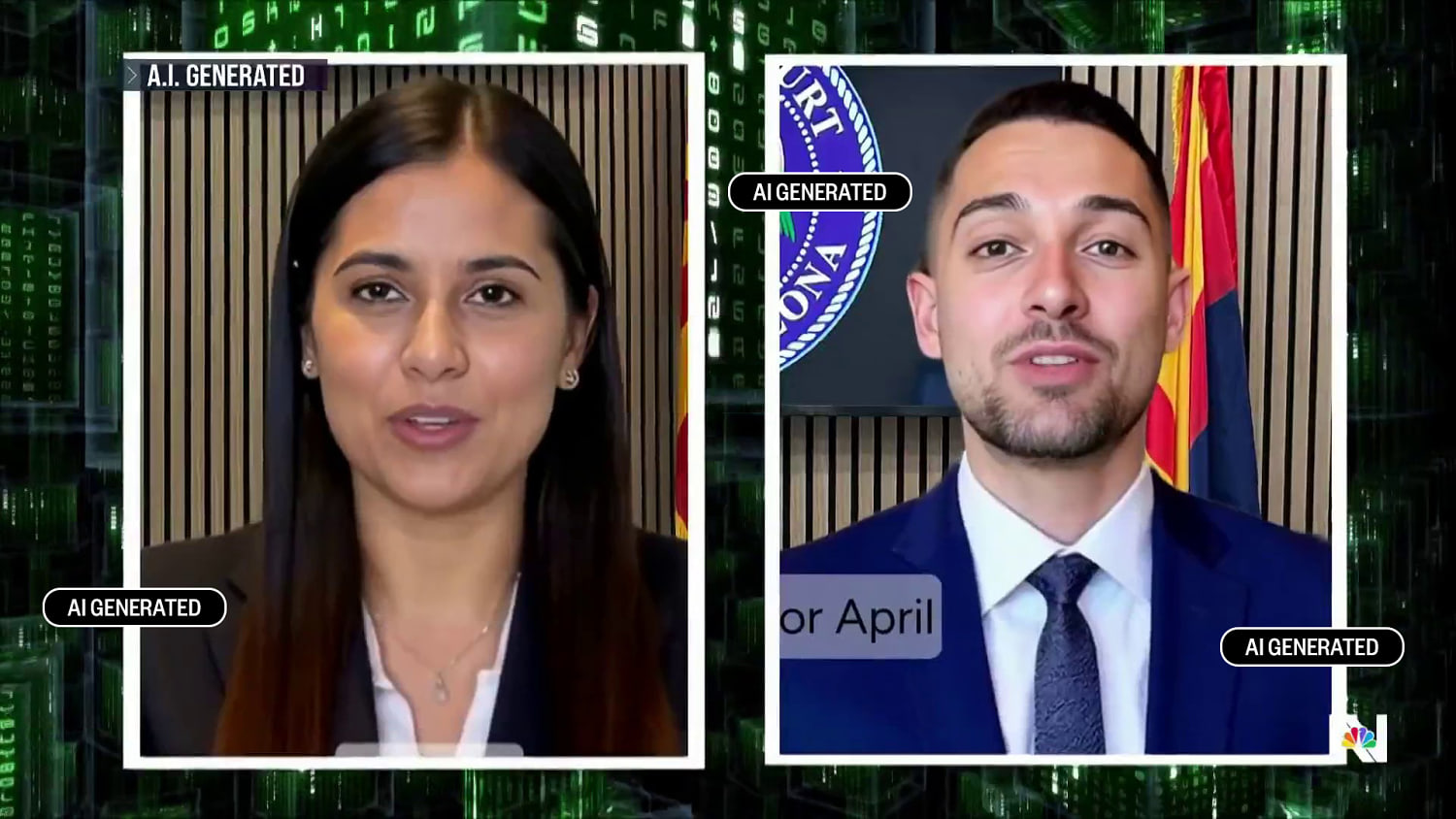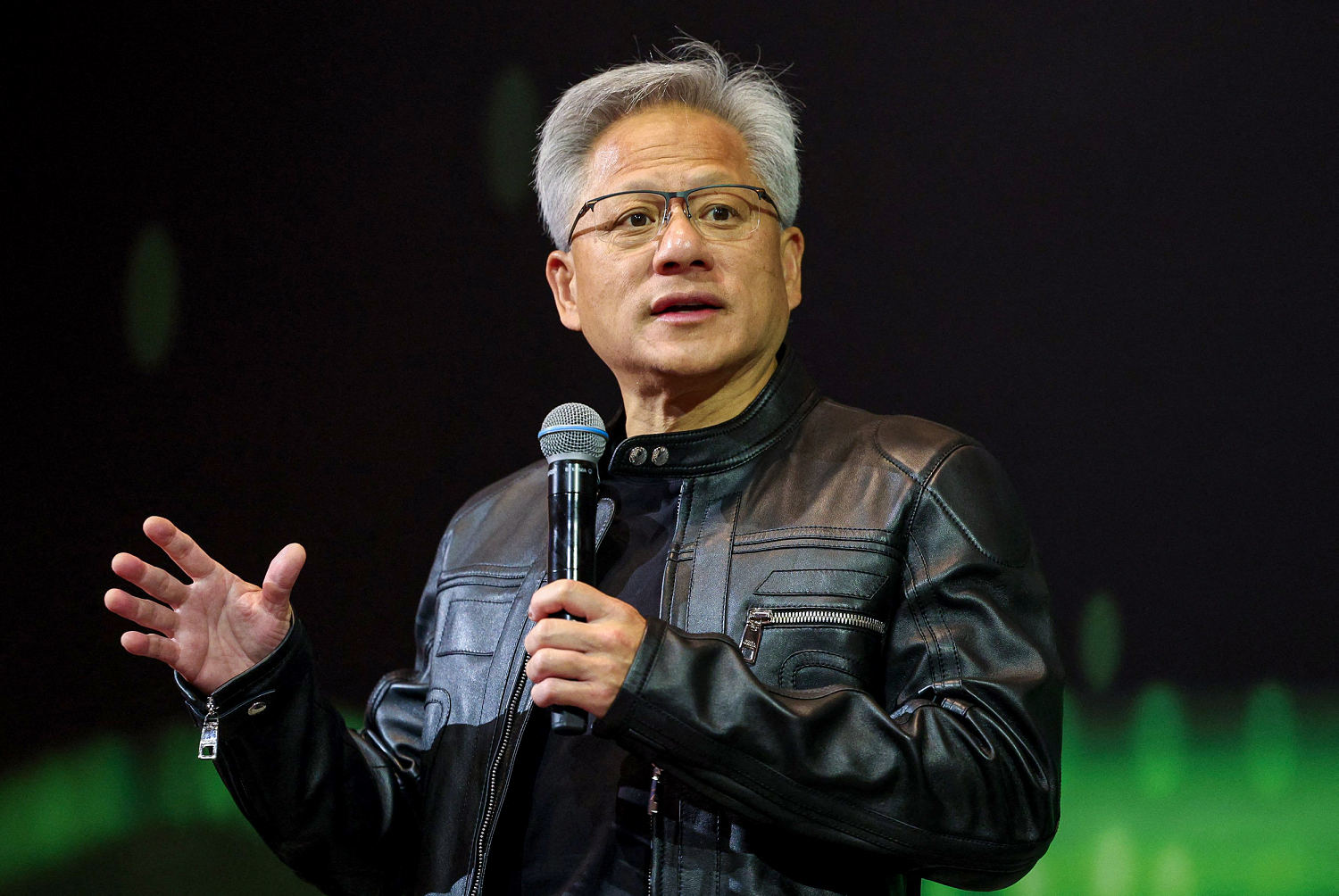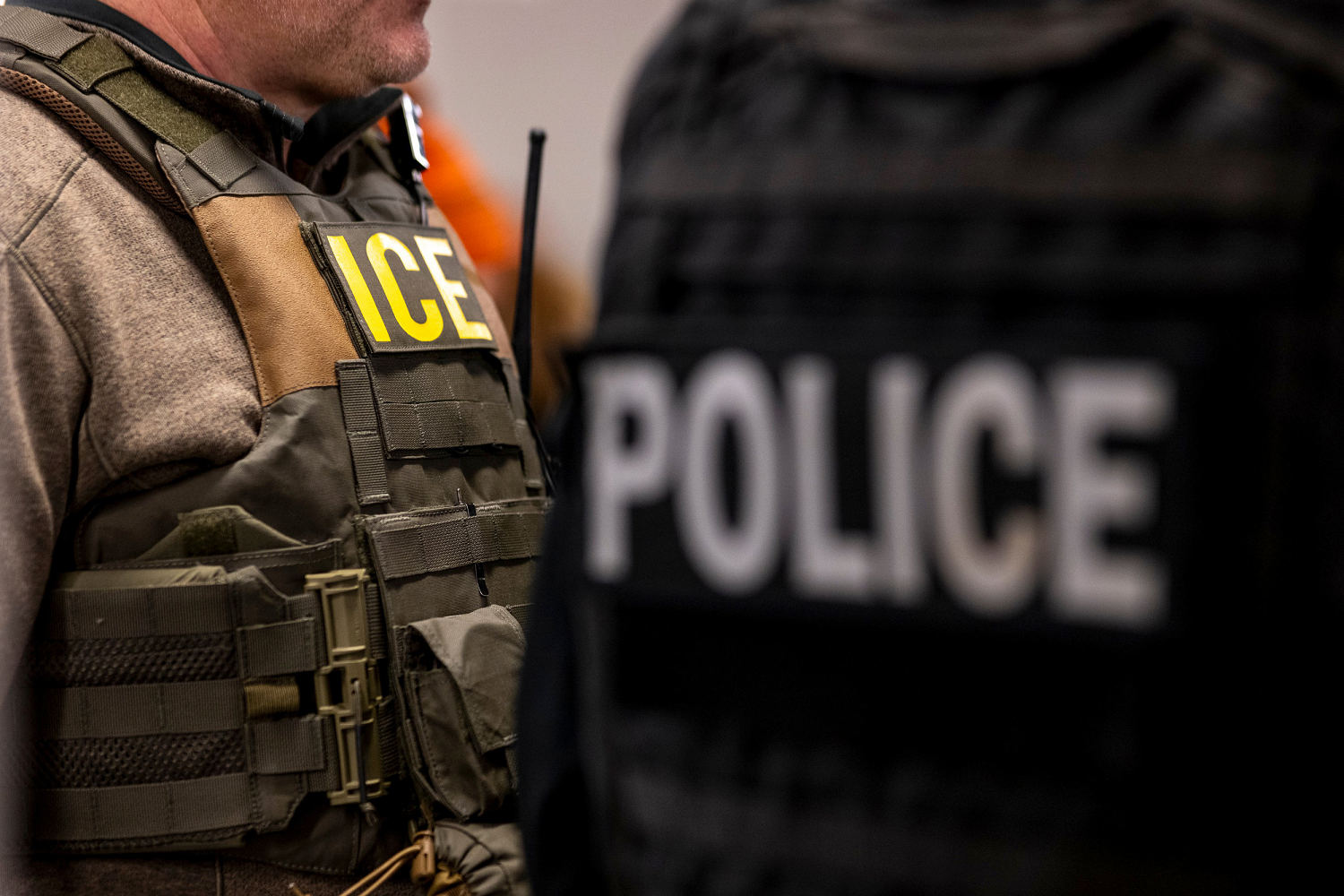Chinese students say they’re questioning their decision to study in the U.S. after Secretary of State Marco Rubio announced that the federal government will attempt to “aggressively” revoke their visas.
Rubio said Wednesday that Chinese students “with connections to the Chinese Communist Party or studying in critical fields” would be targeted.
Chinese students who spoke to NBC News on Thursday said they came to the U.S. for freedoms that they felt they did not have back in China, but now say that the Trump administration is starting to resemble the strict regime they left behind.
“USA stands for freedom. It stands for democracy. … That’s why we come here to chase our dreams,” said one Chinese Ph.D. student at a New Jersey university, who requested anonymity out of fear of retaliation. “In China, the government can control education, high schools, colleges, universities. We thought that the USA could be different.”
The State Department referred NBC News to comments by spokesperson Tammy Bruce during a press briefing Thursday in which Bruce said that the department does not discuss the details of its visa process due to privacy concerns.
“We use every tool that we have to vet and to make sure we know who’s coming in,” Bruce said. “In this particular case, the United States is putting America first by beginning to revoke visas of Chinese students as warranted.”
The Chinese embassy referred NBC News to comments made by Mao Ning, a spokesperson for China’s Ministry of Foreign Affairs, on the subject. Ning harshly criticized Rubio’s announcement Thursday at a regular briefing in Beijing.
“This politically discriminatory move exposes the hypocrisy of America’s long-proclaimed values of freedom and openness, and will only further damage the United States’ international image and credibility,” Ning said.
Questions swirl around the new directive, including what “critical fields” the administration will be looking into and what types of connections to the CCP are under scrutiny. But it’s already prompted panic among many Chinese scholars, who make up the second-largest international student group in the U.S.
While a temporary nationwide injunction issued last week blocks the Trump administration from revoking international students’ legal statuses amid its mass termination of records, attorneys say that it may not protect Chinese international students. Jath Shao, a Cleveland-based immigration attorney, said that while the restraining order keeps international students from being arrested or detained, or from losing their legal status, they can still have their visas revoked. Without a visa, Shao said, students can’t return to the U.S. once they’ve left, among a host of other issues.
“If you’re trying to get a job or a study … that means you’re pretty much out of luck,” Shao said. “You’re stuck here. They’re basically trying to take away all your options.”
Kathleen Bush-Joseph, a policy analyst with the U.S. Immigration Policy Program at the Migration Policy Institute, a nonpartisan think tank, also mentioned that the Trump administration could argue that Chinese students fall under a completely different circumstance compared to those protected by the injunction.
“We’re seeing in various cases that the administration is saying that it’s doing individualized determinations,” Bush-Joseph said. “Even if they’re focusing on a particular nationality, in any given case, they might say this is based on an individual person’s circumstances.”
One Chinese student who’s studying economics at an Ivy League institution said that he felt the tactics used by the Trump administration, including harsh, pointed rhetoric and intimidation, smack of those used by the Chinese government. The student said that it wasn’t uncommon for Beijing to withhold funding for certain political research, much like Trump has threatened Harvard University, or use other methods of repression.
“In China, we’re all Chinese, so they cannot revoke our citizenship, but they can revoke the student record,” he said. “That happens when it comes to people involved in political activities.”
“I think they’re just using the CCP to evoke a ‘Red Scare.’ They don’t really care about ideals,” the economics student said, referring to the historical periods of fear in the U.S. around the potential rise of communism and socialism. “We just keep joking that it seems like Trump is learning from the Xi Jinping playbook.”
The Ph.D. student said that at this point, he and his peers are considering either moving back to China or another Asian country — a plan that he said was not in the books before. He mentioned that before coming to America, he envisioned a country that was welcoming of diversity and inclusive of all backgrounds and a place he would put down roots. His thoughts on the U.S. have evolved drastically.
“My family and my best friends, they had a phone call with me to say, ‘Hey, I think maybe you should come back. We think that there’s no reason for you to stay in the U.S,’” he said.
Gisela Perez Kusakawa, executive director of the nonprofit Asian Scholar Forum, said that the new policy would only serve to harm the U.S. and its own research ambitions.
“We know that many of our best and brightest talents are prominent scientists that have gone on to develop so many innovations that have changed the daily lives of so many Americans,” she said. “They started out as international students. They walked these campuses.”
She also noted that it’s likely policymakers are guided by misconceptions around Chinese nationals. While there’s been a longstanding belief that Chinese international students would take intelligence back to China, research shows that most hope to start their lives in America. From 2005 to 2015, 87% of Chinese Ph.D. students said that they intended to stay in the U.S. A separate survey of more than 1,300 Chinese American researchers found that 89% “aimed to help advance U.S. leadership in science and technology.”
As disappointing as the Rubio announcement was, Kusakawa underscored that it isn’t necessarily surprising. In March, Republican lawmakers introduced a bill that would halt the issuance of student visas to Chinese nationals looking to study at U.S. universities or take part in exchange programs.
“In many ways, there was already this existing fear that this could potentially become a reality,” Kusakawa said. “But perhaps what is surprising is the speed in which it’s happening.”
So far, the announcement has drawn mass criticism from many high-profile Chinese American lawmakers and leaders, including Gary Locke, a former U.S. ambassador to China and the chair of the Chinese American nonprofit Committee of 100, and the Congressional Asian Pacific American Caucus.
“The wholesale revocation of student visas based on national origin — and without an investigation — is xenophobic and wrong,” the lawmakers said on social media. “Turning these students away — many of whom simply wish to learn in a free and democratic society — is not just shortsighted but a betrayal of our values.”
